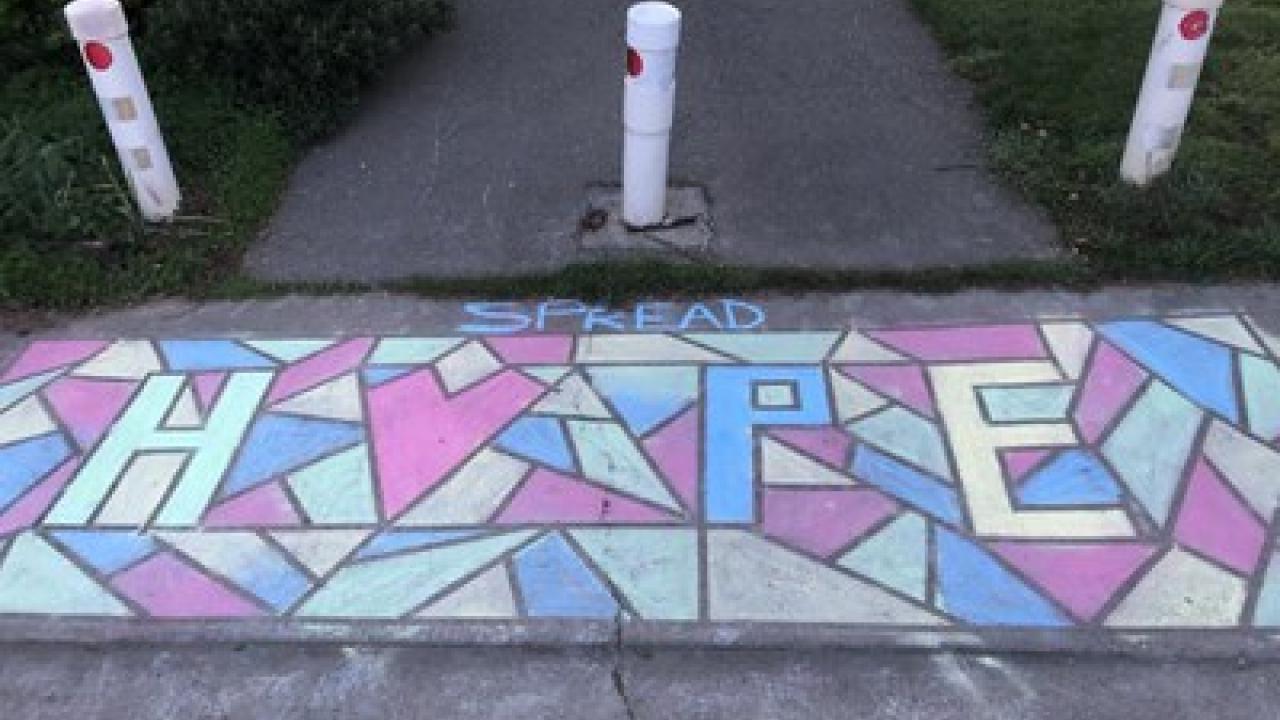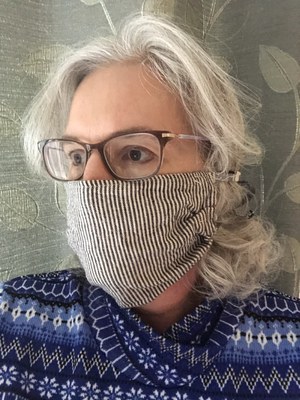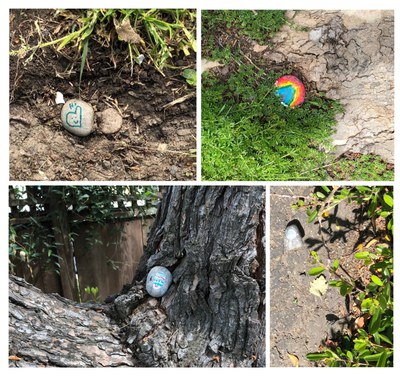
2020 is Just the Worst
 I’m just going to say what we’ve all been thinking – 2020, you’re the worst, and no one likes you. We didn’t have high expectations for you as a year – but really, did you have to sink so low? It’s bad enough that you are an election year – we knew to expect the name-calling that comes with political campaigns. But then you decided to reignite our fears of a drought (and fire season) by preventing rain from falling for much of the winter. And now we have a global pandemic, and with it, nightly stories of doctors and nurses risking their own lives by treating their patients, staggering economic losses and unemployment, and mitigation strategies that isolate us from each other at a time when we all could seriously use a hug. You suck, 2020.
I’m just going to say what we’ve all been thinking – 2020, you’re the worst, and no one likes you. We didn’t have high expectations for you as a year – but really, did you have to sink so low? It’s bad enough that you are an election year – we knew to expect the name-calling that comes with political campaigns. But then you decided to reignite our fears of a drought (and fire season) by preventing rain from falling for much of the winter. And now we have a global pandemic, and with it, nightly stories of doctors and nurses risking their own lives by treating their patients, staggering economic losses and unemployment, and mitigation strategies that isolate us from each other at a time when we all could seriously use a hug. You suck, 2020.
And just last week, another one of your horrible stinky shoes dropped when state leaders announced that school would likely be closed for the rest of the year, leaving educators and parents with one unified but horrifying question: Now what? Many schools had originally thought they could stave off the virus and avoid the inevitable transition to distance learning by just adding a week or two onto their spring breaks – what families would complain with a few extra days off? Others thought they could get by with short term independent-study work until the crisis passed in early April. But a few districts could anticipate that we wouldn’t be able to finish the school year in-person. Online learning seems to have become the only option for the rest of the school year.
So now what? How are teachers supposed to instantly transition a curriculum that’s based on face to face interaction to one that’s based on distance learning? How are parents supposed to thoughtfully guide and support their young children while either also working from home, working an essential (and potentially dangerous) job in the community, or looking for work because they just got laid off? How are thousands of children who don’t have regular and consistent access to technology and/or Wi-Fi supposed to learn in a completely online environment? And how are we all supposed to stay healthy – physically and emotionally?
The answer, of course, is that we’ll do our part and get through this. We’re going to stay away from each other – maintaining that six-foot distance even when every fiber of your body screams to get closer. We’re going to support our medical workers – saying thank you, giving them food or a place to stay so they don’t infect their families, and most importantly, helping them to get the personal protection equipment that they need to stay safe. We’re going to support our local businesses devastated by the closures. And we’re going deal with the inevitable problems that come with a sudden transition from classroom to online learning to the best of our (and our students’) abilities.
At this point, let me acknowledge our limitations, 2020. Online learning is not going to be as good as face to face. Both students and teachers are going to struggle – mightily. We’ve already heard from both K-12 and university leaders that their students and their teachers are not ready for this – many of their online interactions include crying, consoling, and just being together online when the world seems to be falling apart. The technology will fail – repeatedly – and some horrible people will take advantage of our dependence and relative inexperience to troll and/or “Zoom bomb” our classes. We shouldn’t kid ourselves – this is going to be messy.
But that won’t be the whole story, 2020. We will have good days too – teachers will teach and students will learn, although probably at a different pace and scope than we have in previous years. And we’re all going to learn that we’re stronger and more resolute than we used to believe. We’ll get up each day, manage the ten-foot commute to our work from home office sandwiched into a bedroom closet, and do our best. We’ll connect with our students any way we can – by phone, computer, tutoring on their front porch, or parade route. And we’ll care – for our families, our friends and neighbors, and our communities.
Caring and doing for others is how we’re going to defeat you, 2020. While doctors and nurses care for the sick, medical researchers will work tirelessly to develop a vaccine and therapies to attack the virus, and the rest of us are going to do our part to slow the progress of the pandemic, by staying home. Researchers will also study how this pandemic started in the first place, with a goal of preventing such zoonotic (animal to human) diseases in the future.
 I’ve seen examples of this caring around my neighborhood. Someone is painting rocks with Easter eggs, rainbows, rabbits, and hearts. We see these rocks hidden in plain site along our walking path – it’s a daily treasure hunt that always makes me smile. I’ve also seen elaborate chalk art along the paths, including one encouraging us all to “spread hope.” And I’ve seen more caring online from teachers and parents doing their best to help our children get through this nightmare by providing some level of structure, reassurance, and our best efforts at “normalcy.”
I’ve seen examples of this caring around my neighborhood. Someone is painting rocks with Easter eggs, rainbows, rabbits, and hearts. We see these rocks hidden in plain site along our walking path – it’s a daily treasure hunt that always makes me smile. I’ve also seen elaborate chalk art along the paths, including one encouraging us all to “spread hope.” And I’ve seen more caring online from teachers and parents doing their best to help our children get through this nightmare by providing some level of structure, reassurance, and our best efforts at “normalcy.”
My colleagues and I are committed to doing our part, even though we realize that our efforts will be dwarfed by the work of medical professionals and other essential workers. We’ve pulled together more than 100 lesson plans, resources, blog posts, and primary source sets, all to support teachers, parents, and students during this crisis. We’ve made videos explaining how to do primary source analysis. And we’ve answered the question we’ve heard from many parents, “What is my kid supposed to learn in history this year?”
So yeah, 2020, you’re the worst. But we’re going to get through this.
**Special thanks to Shelley Brooks, Beth Slutsky, and Tuyen Tran for their thoughtful feedback and suggestions for this post.
